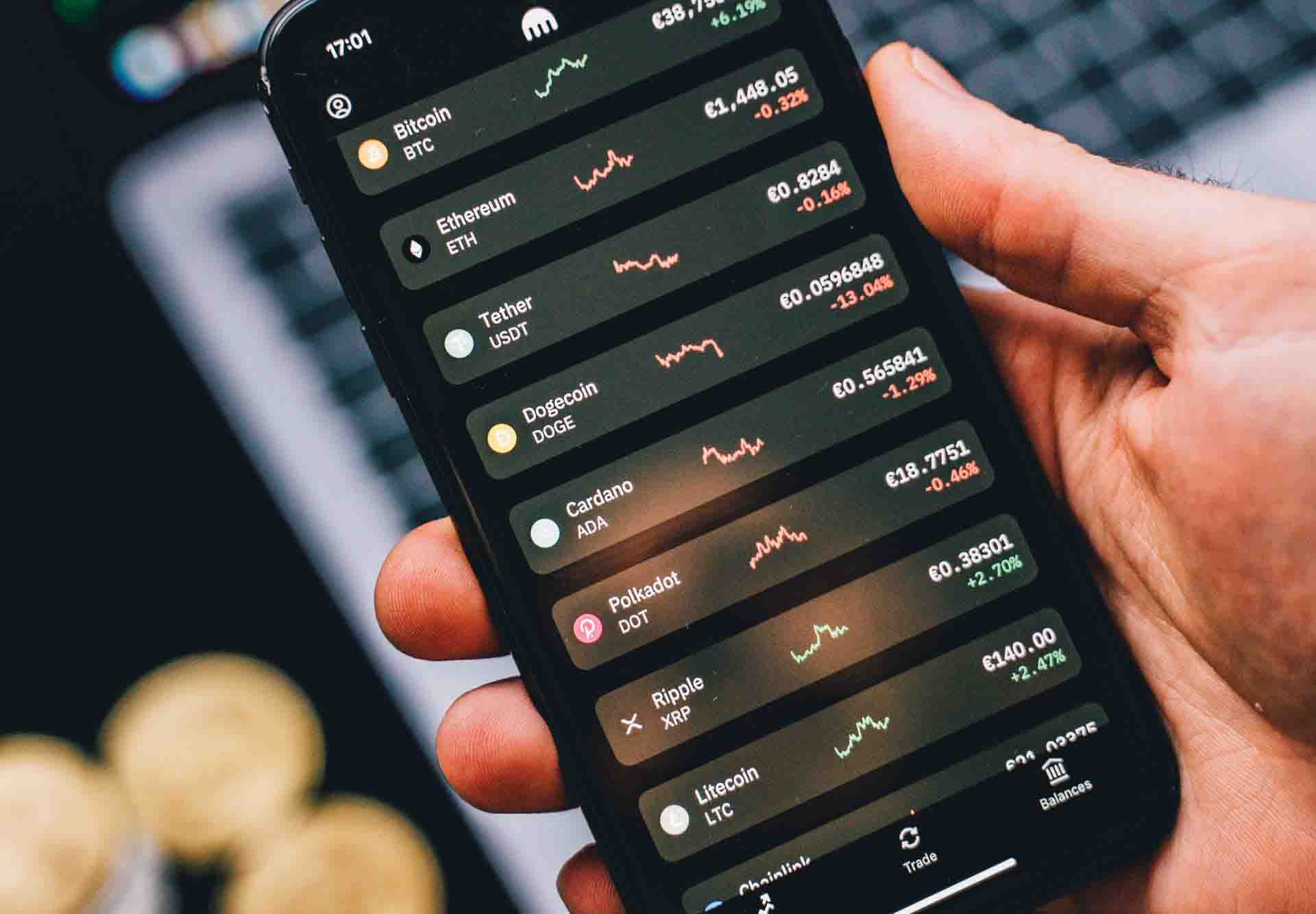Cryptocurrency exchanges have become the primary gateway for individuals and institutions to enter the world of cryptocurrencies. These platforms facilitate the buying, selling, and trading of digital assets, allowing users to exchange traditional fiat currencies for cryptocurrencies and vice versa. This article explores the role of cryptocurrency exchanges, the types of exchanges available, the process of trading on these platforms, and the importance of security and regulation in the exchange ecosystem.
The Role of Cryptocurrency Exchanges
Cryptocurrency exchanges serve as intermediaries that connect buyers and sellers of digital assets. They provide a marketplace where users can trade cryptocurrencies and access a wide range of tokens. These platforms act as the bridge between traditional financial systems and the emerging world of cryptocurrencies, offering liquidity, price discovery, and a secure transaction environment.
Types of Cryptocurrency Exchanges
Several types of cryptocurrency exchanges cater to different user needs and trading preferences:
1. Centralized Exchanges (CEX): Centralized exchanges are the most common type of cryptocurrency exchange. They are operated by a central authority or company that manages user accounts, holds funds, and facilitates trades. CEX platforms offer a user-friendly interface, high liquidity, and a wide variety of trading pairs. Examples of popular centralized exchanges include Coinbase, Binance, and Kraken.
2. Decentralized Exchanges (DEX): Decentralized exchanges operate on blockchain networks and eliminate the need for intermediaries. Users retain control of their funds, and transactions occur directly between peers through smart contracts. DEX platforms provide enhanced privacy, security, and censorship resistance. Uniswap and SushiSwap are well-known examples of decentralized exchanges.
3. Hybrid Exchanges: Hybrid exchanges combine the features of centralized and decentralized exchanges. They offer the convenience and liquidity of centralized platforms while incorporating decentralized elements for enhanced security and user control. These exchanges aim to strike a balance between usability and the decentralized nature of cryptocurrencies.
The Trading Process
The process of buying, selling, and trading cryptocurrencies on an exchange typically involves the following steps:
1. Account Creation: Users must create an account on the chosen cryptocurrency exchange platform. This usually requires providing personal information, undergoing identity verification (KYC), and setting up two-factor authentication (2FA) for enhanced security.
2. Deposits and Wallets: Once the account is set up, users need to deposit funds into their exchange wallets. This can be done by transferring cryptocurrencies from an external wallet or by depositing traditional fiat currencies through bank transfers or other payment methods supported by the exchange.
3. Placing Orders: After making a deposit, traders can initiate buy and sell orders. They specify the cryptocurrency they want to buy or sell, the desired price, and the quantity. There are different order types available, such as market orders (executed at the current market price) and limit orders (executed at a specific price or better).
4. Execution and Confirmation: When a matching buy and sell order is found on the exchange, the trade is executed, and the digital assets are exchanged between the parties involved. The exchange confirms the transaction and updates the account balances accordingly.
5. Withdrawals: Once the trade is completed, users have the option to withdraw their digital assets from the exchange to an external wallet for increased security and control. This step is essential for long-term storage or if users prefer to hold their assets offline.
Security and Regulation
The security of cryptocurrency exchanges is of utmost importance due to the potential risks associated with digital asset storage and trading. Users should choose exchanges with robust security measures, such as two-factor authentication, cold storage for funds, and encryption protocols. It is also crucial to research an exchange’s reputation and track record before using its services.
Regulation in the cryptocurrency exchange ecosystem varies across jurisdictions. Some countries have established specific frameworks and licensing requirements for exchanges to ensure compliance with anti-money laundering (AML) and know-your-customer (KYC) regulations. Adhering to regulatory standards promotes transparency, consumer protection, and the overall legitimacy of the cryptocurrency industry.
Conclusion
Cryptocurrency exchanges have revolutionized the way individuals and institutions buy, sell, and trade digital assets. Offering consumers liquidity, price discovery, and various trading choices, they facilitate user participation in the Bitcoin market in a safe and reliable environment. These exchanges are crucial to the widespread use of cryptocurrencies and the incorporation of blockchain technology into the financial system, and they can be either centralized, decentralized, or hybrid. As the industry continues to evolve, the security of exchanges and adherence to regulatory standards will remain essential factors in fostering trust and confidence in the cryptocurrency ecosystem.

